Kool Things: Sonic Youth’s Secret Stash
Sonic Youth co-founder Lee Ranaldo was the first artist who joined the Stompbox book project, allowing the team to photograph not only his Ibanez AD-80 Analog Delay, but almost his entire pedal collection (which included gear from Italy and Germany). His joy was infectious, and it made for a fantastic start to a stompbox-photographing journey that would last more than five years.
The tour of Sonic Youth’s Echo Canyon West Recording studio took place in 2016 with project developer Shiran Mostovoy and Stompbox book creator Eilon Paz. It was a truly remarkable tour, and not just because their tour guide was none other than Lee Ranaldo. It’s not often you get a chance to see the personal gear collection of one of the most iconic alt rock bands in music history.
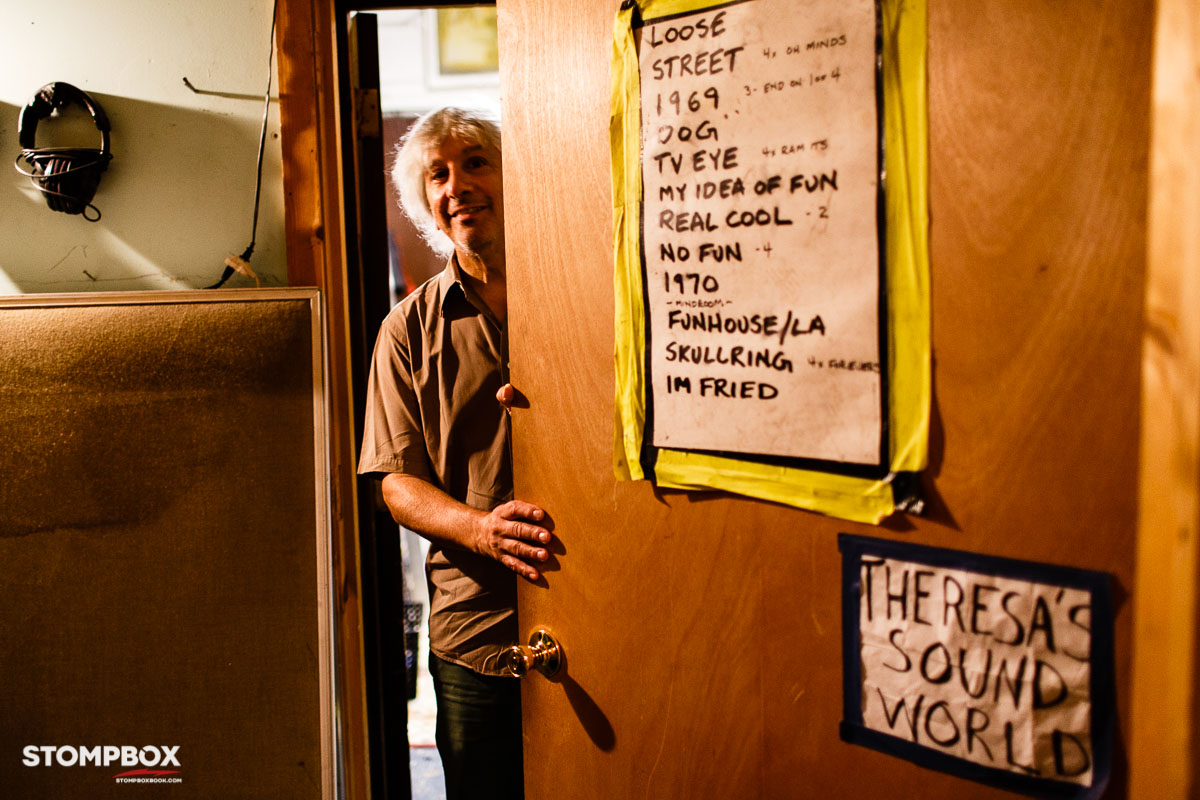
The new SY headquarters was relocated to southwest Hoboken in 2006, accommodating storage space for the hundreds of instruments, amps, pedals, cables, consoles, speakers, gadgets, records, posters and memorabilia the band had accumulated over the years. Downsizing their equipment, disused or not, was out of the question. Because of its overstuffed inventory, the Sonic Youth Recordings headquarters felt more like a museum than a studio–in the best way, of course.
“Around 1989, I was using a very weird Fender digital delay called a DGL-1, which was probably my first delay pedal. I got the Ibanez a few years later when that one busted, and it was love at first listen. I’ve tried a million other delay pedals since discovering that one, including the Ibanez AD-9 and the Maxon-branded delays, and none of them sound as good as the original Ibanez AD-80. I couldn’t live without that pedal.”
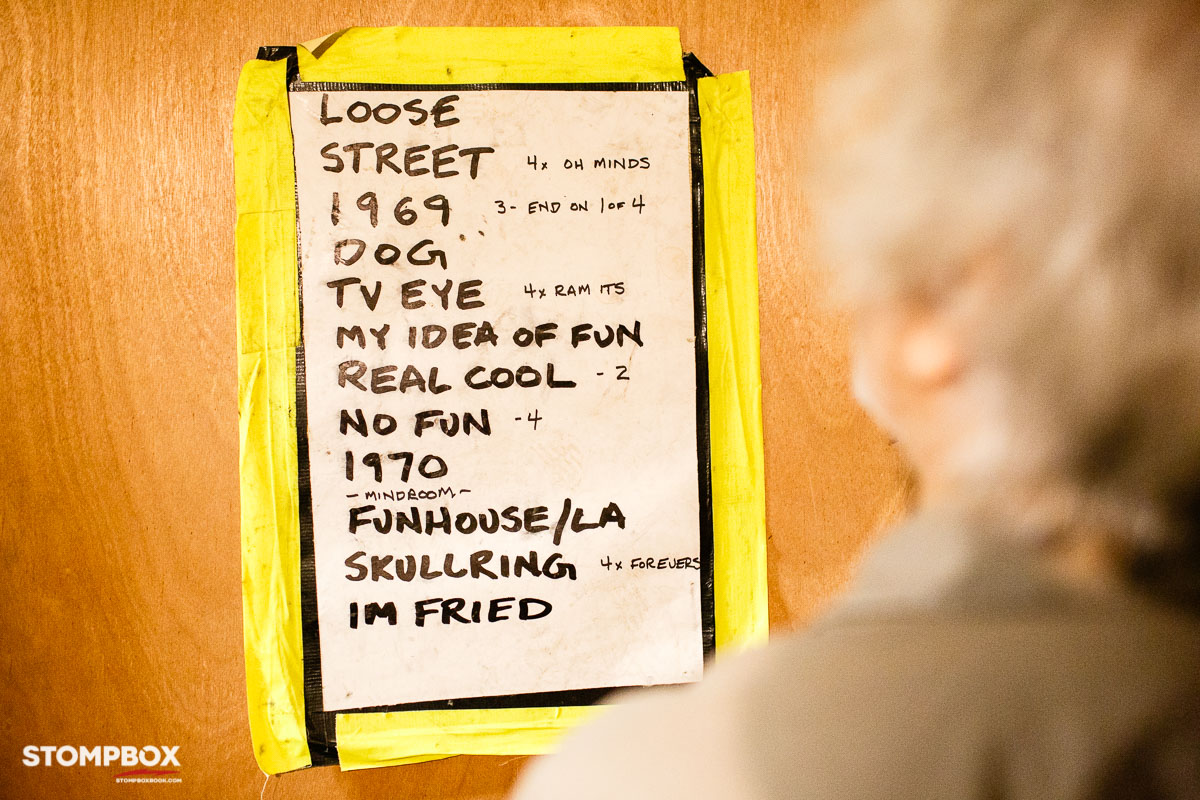
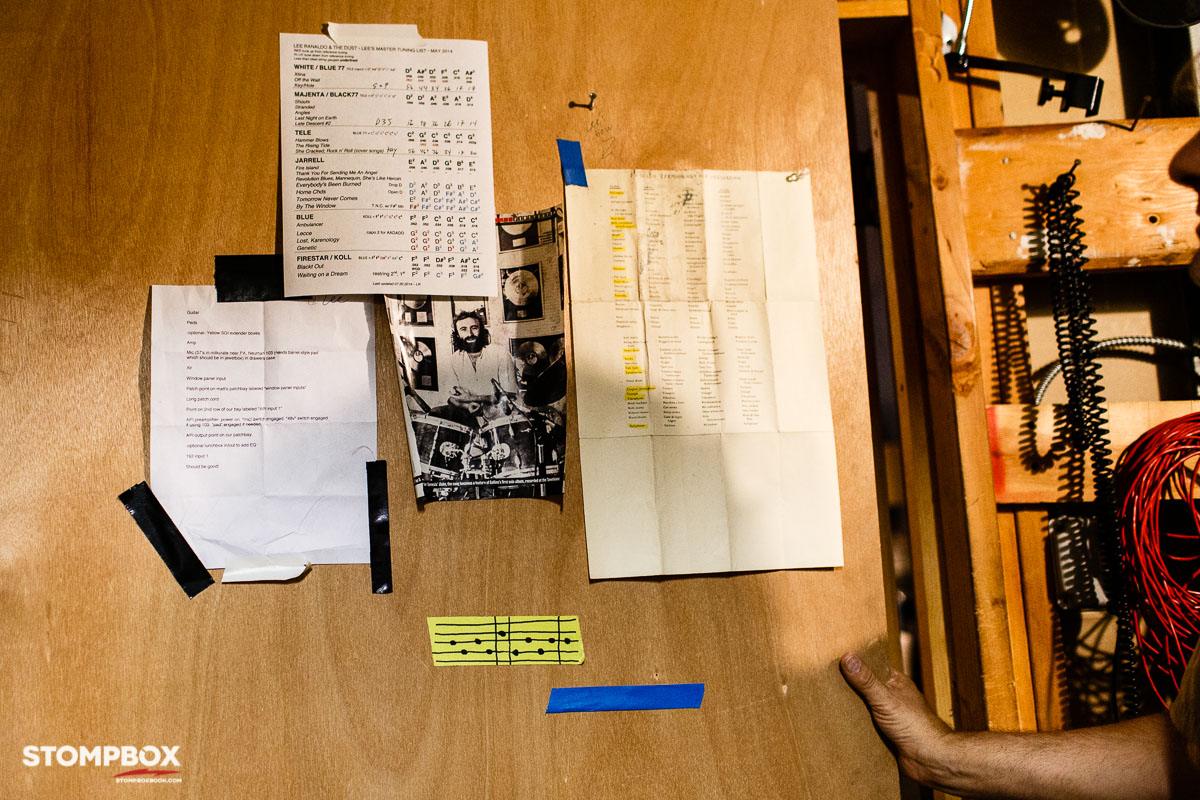
Not everything is display-only, however. Lee gave us a closer look at the band’s mixing palace, a 2” 16-track Studer A800 tape machine and a modified Neve 5106 mixing console. Because the 5106 was built for broadcast applications, it had no mic preamps, meaning that audio signals were routed to preamps, outboard gear and tape, bypassing the console entirely. As a result, editing was done manually. Sonic Youth has recorded and released a number of albums under their SYR label since founding it in 1999, and they’ve also loaned out the studio space for other bands to track album projects.
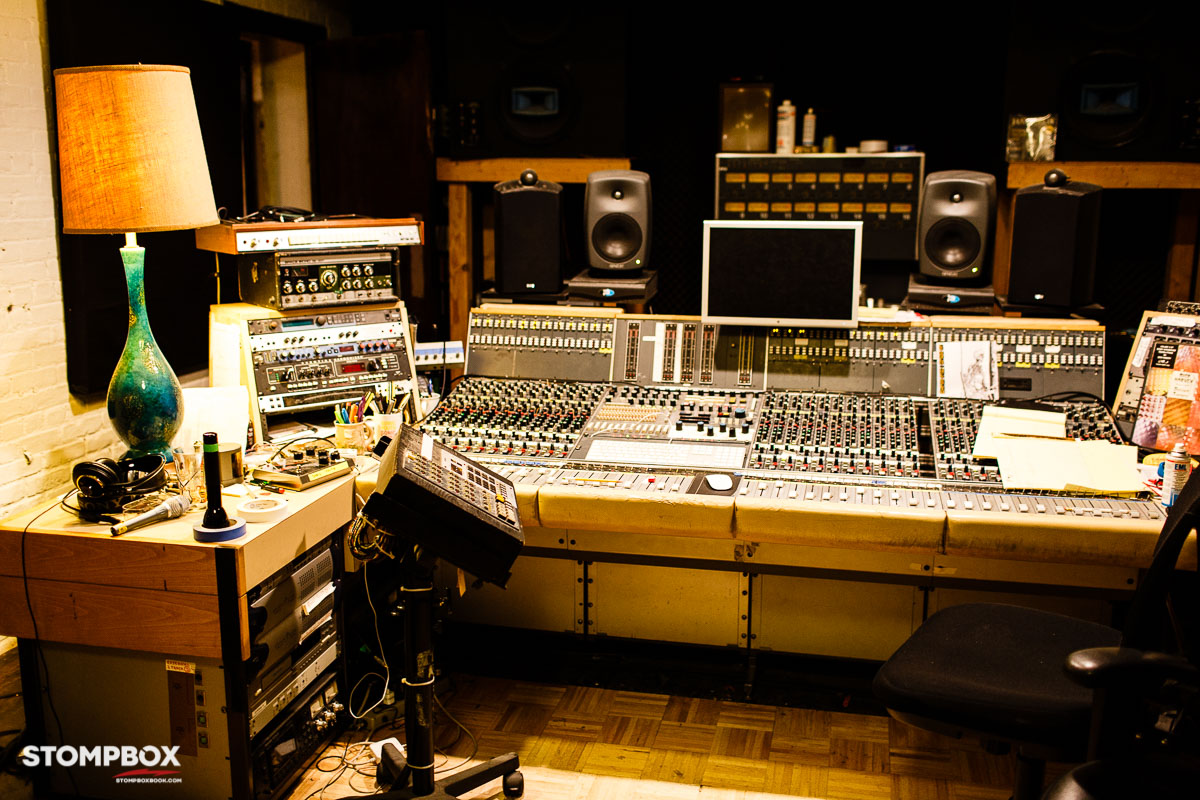
The new Echo Canyon was stuffed to the rafters with gear. Shiran was amazed at just how “dense it was with equipment,” recalling a room the size of a walk-in closet that was literally filled with guitar pedals from brands and production runs too varied to count. To keep things organized, each band member had their own shelf.
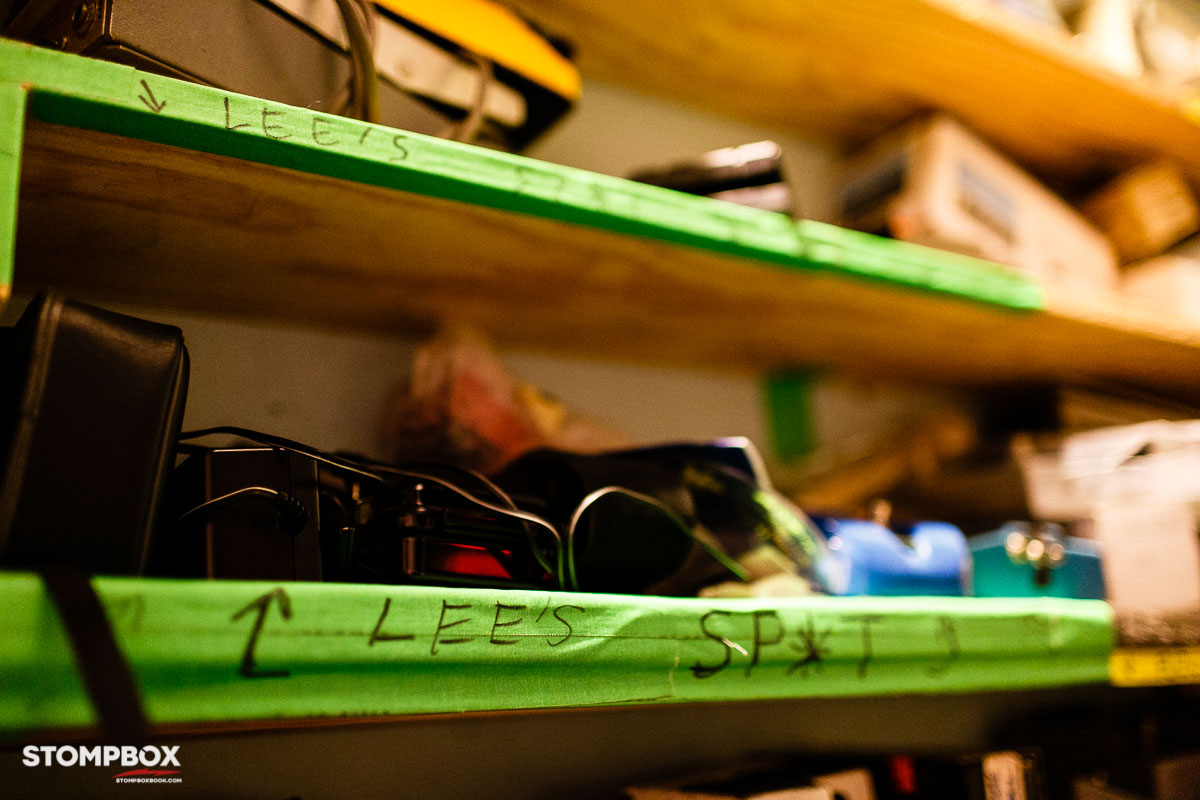
At this point in the tour, Ranaldo led the group further into the “pedal labyrinth,” showing off the jewels of his collection, featuring everything from a vintage Fender Phaser to gear from the Italian brand Sitori Sonic. He even demonstrated a pair of Ludwig Phase II Synthesizer units, which he and Thurston used on their Washing Machine tour in the mid-90s.
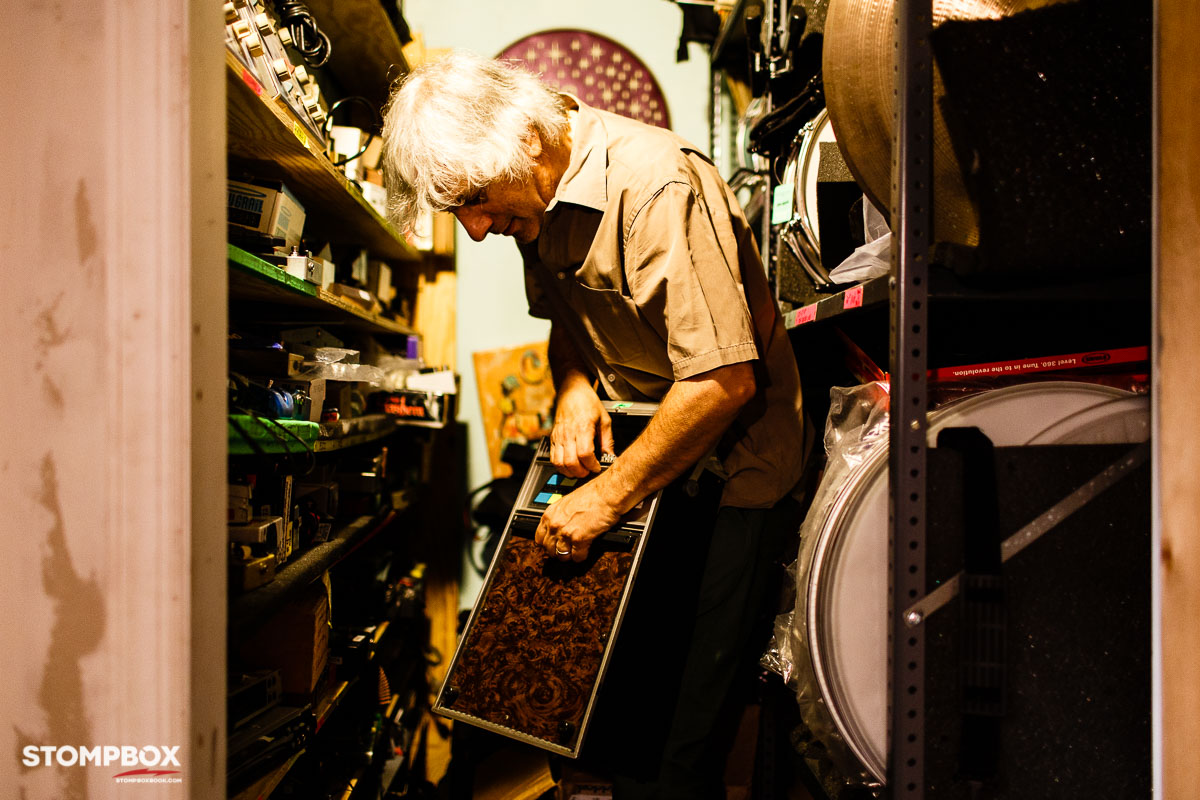
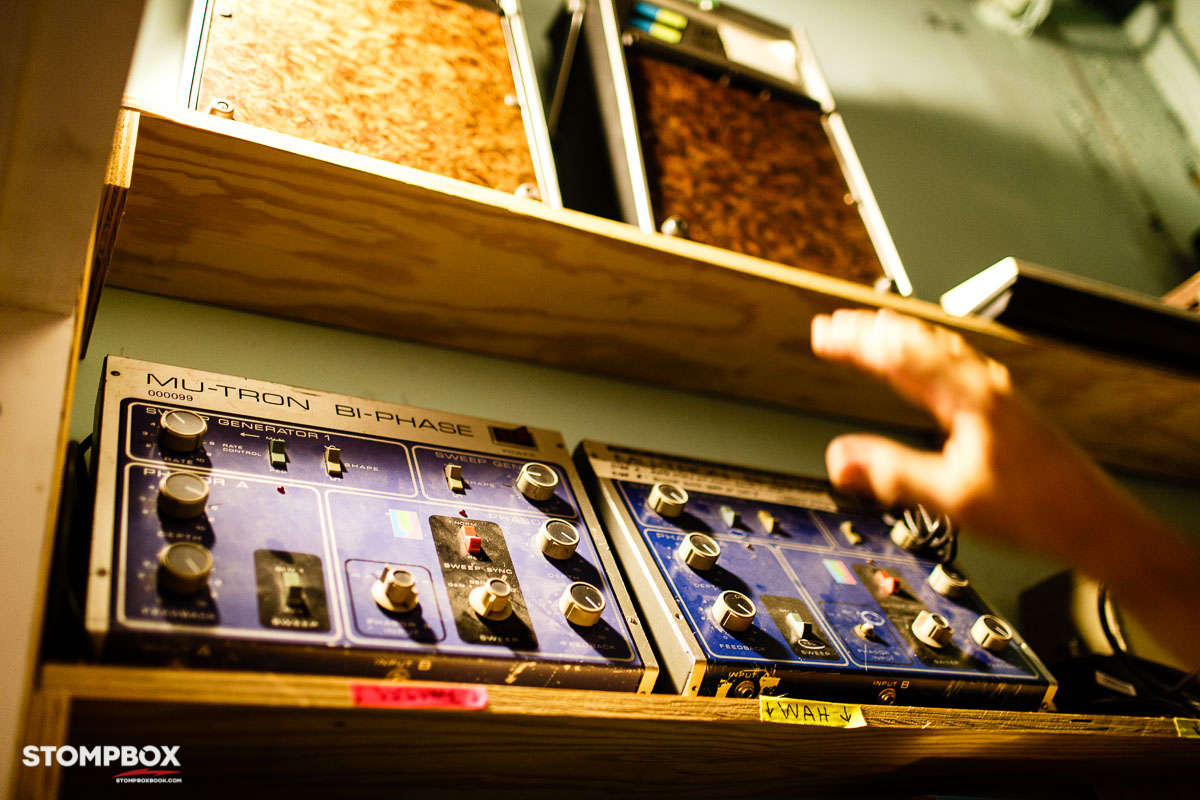
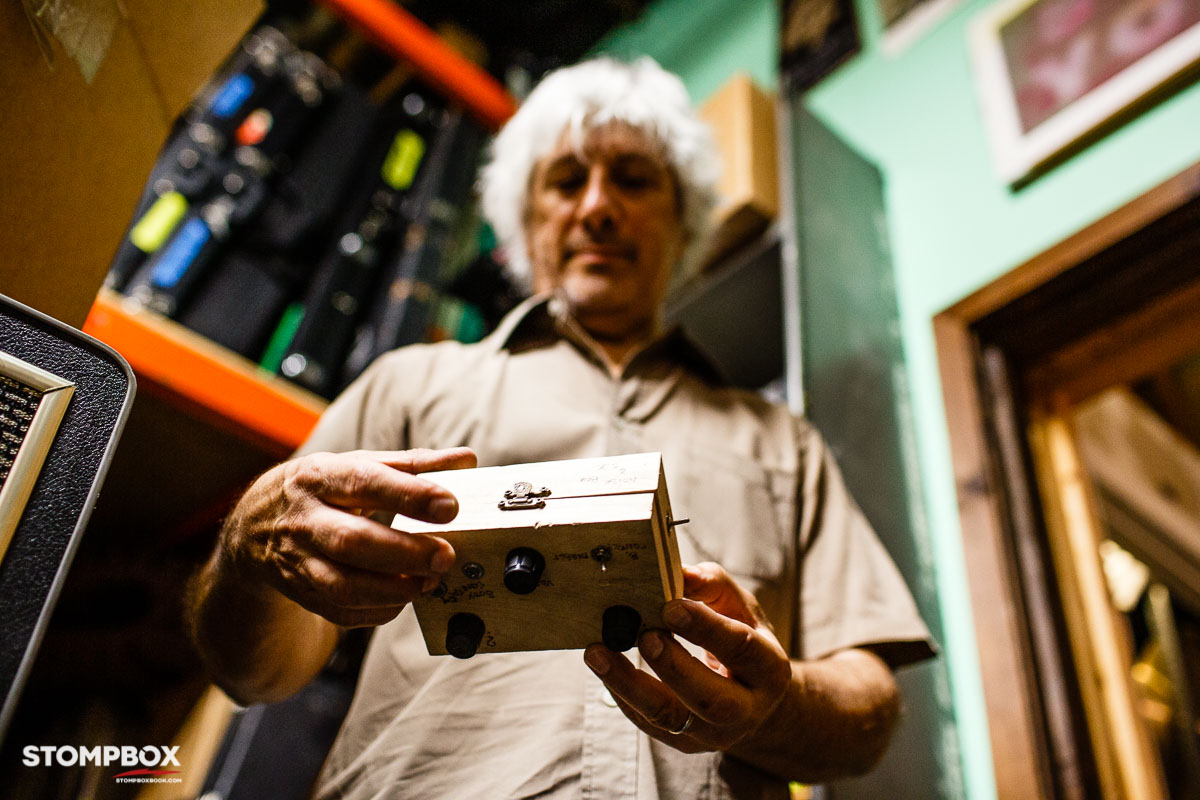
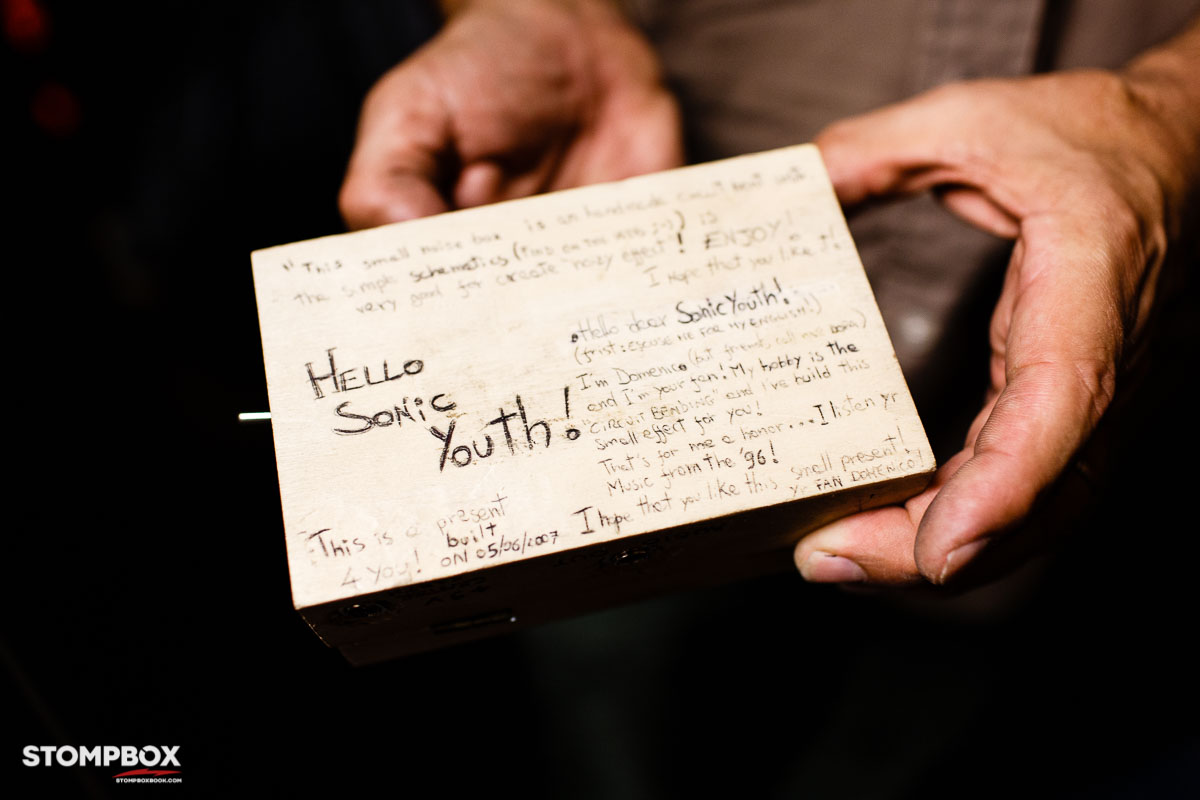
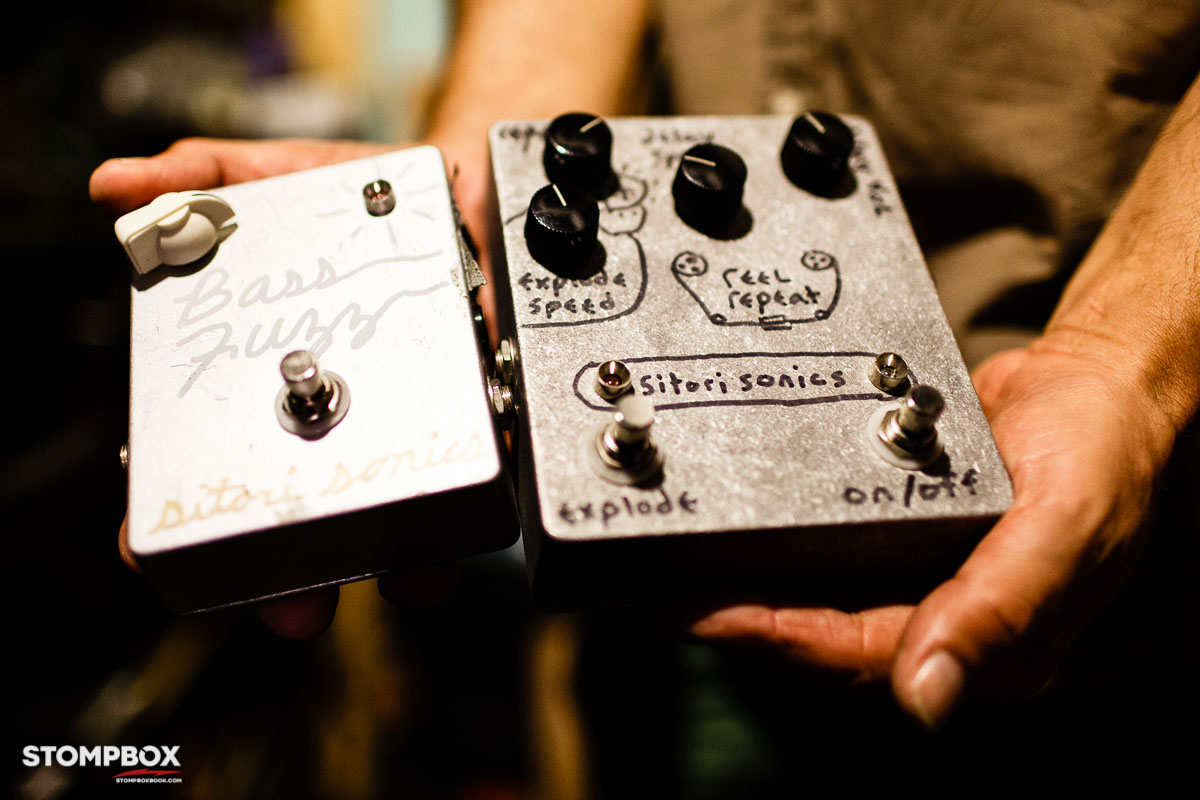
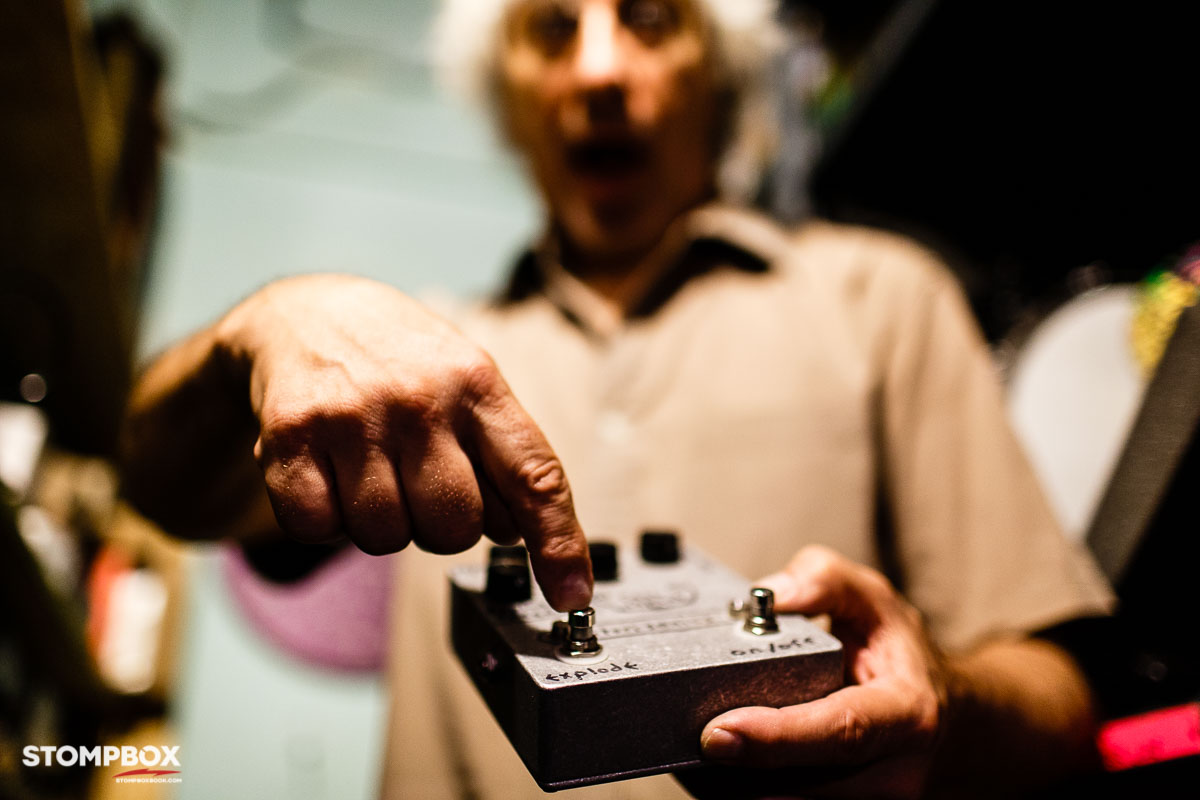
Ranaldo ended the tour showing off his “desert island” pedal: the Ibanez AD-80 Analog Delay. Coincidentally, this was the first pedal Eilon photographed for Stompbox: 100 Pedals of the World’s Greatest Guitarists. In an interview with Barry Cleveland, Ranaldo recalled, “Around 1989, I was using a very weird Fender digital delay called a DGL-1, which was probably my first delay pedal. I got the Ibanez a few years later when that one busted, and it was love at first listen. I’ve tried a million other delay pedals since discovering that one, including the Ibanez AD-9 and the Maxon-branded delays, and none of them sound as good as the original Ibanez AD-80. I couldn’t live without that pedal.”
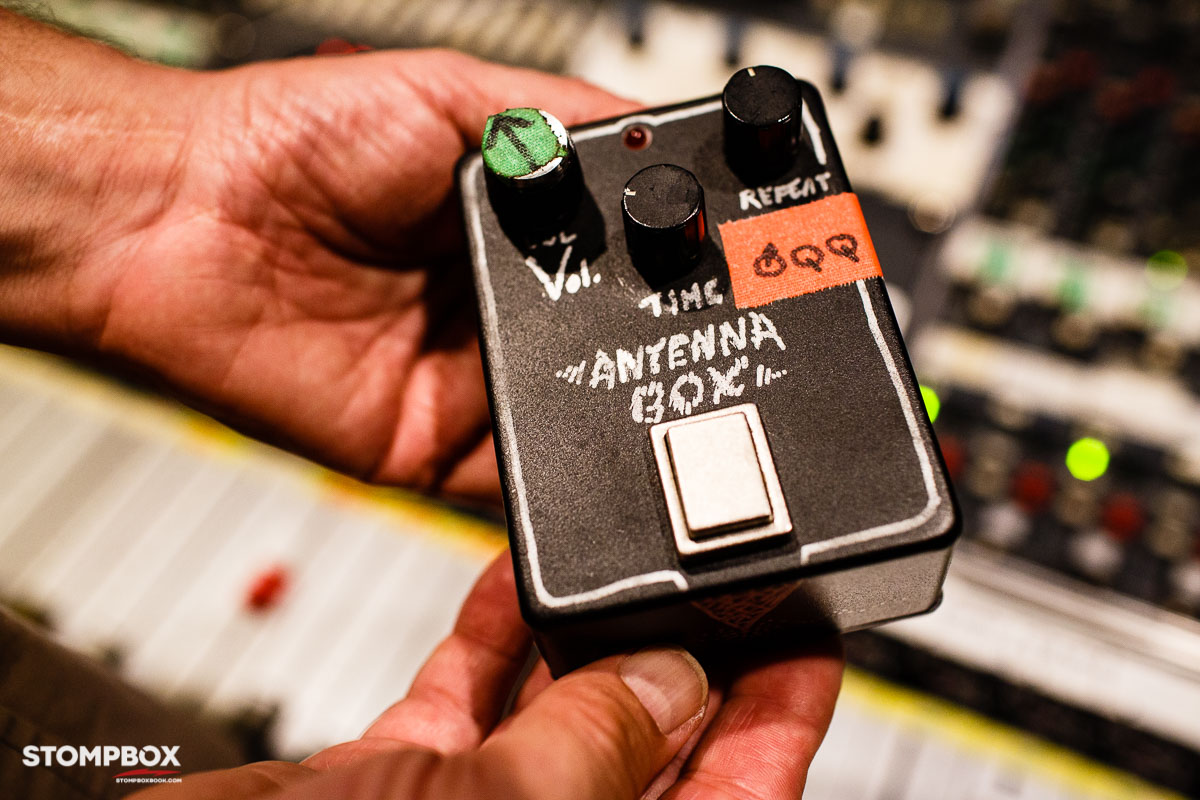
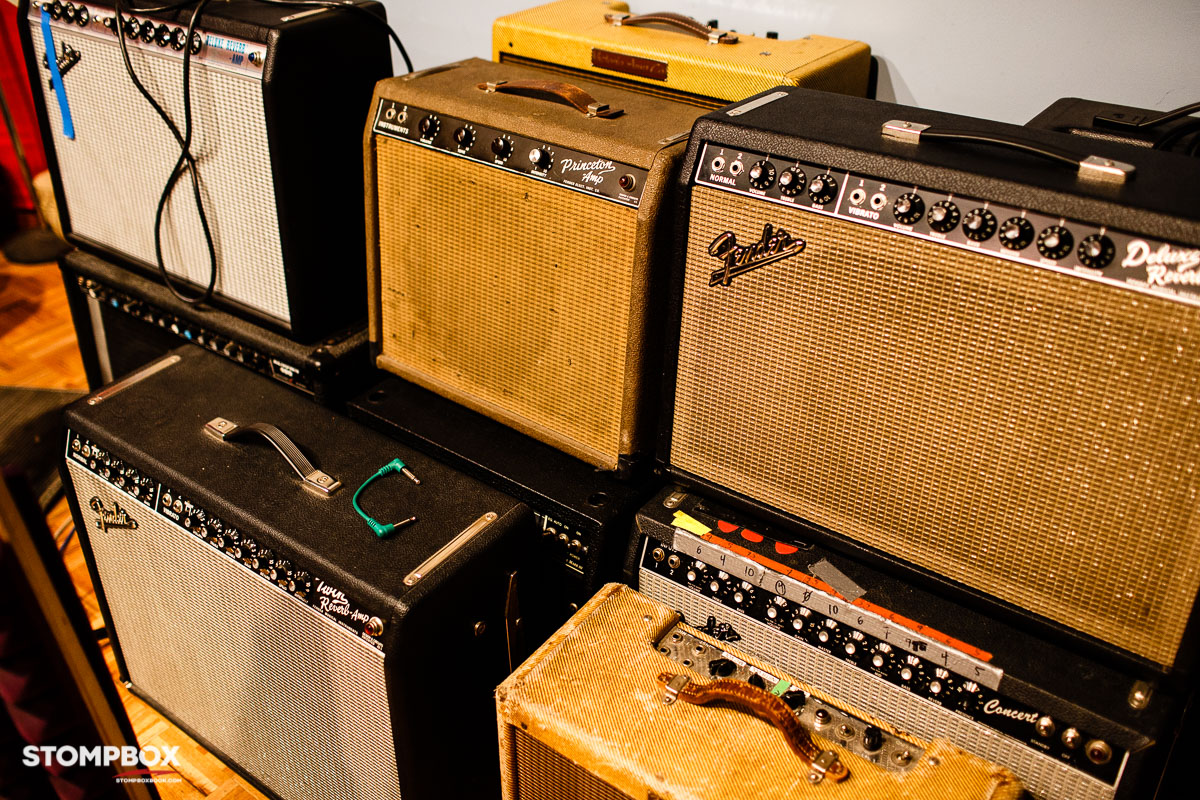
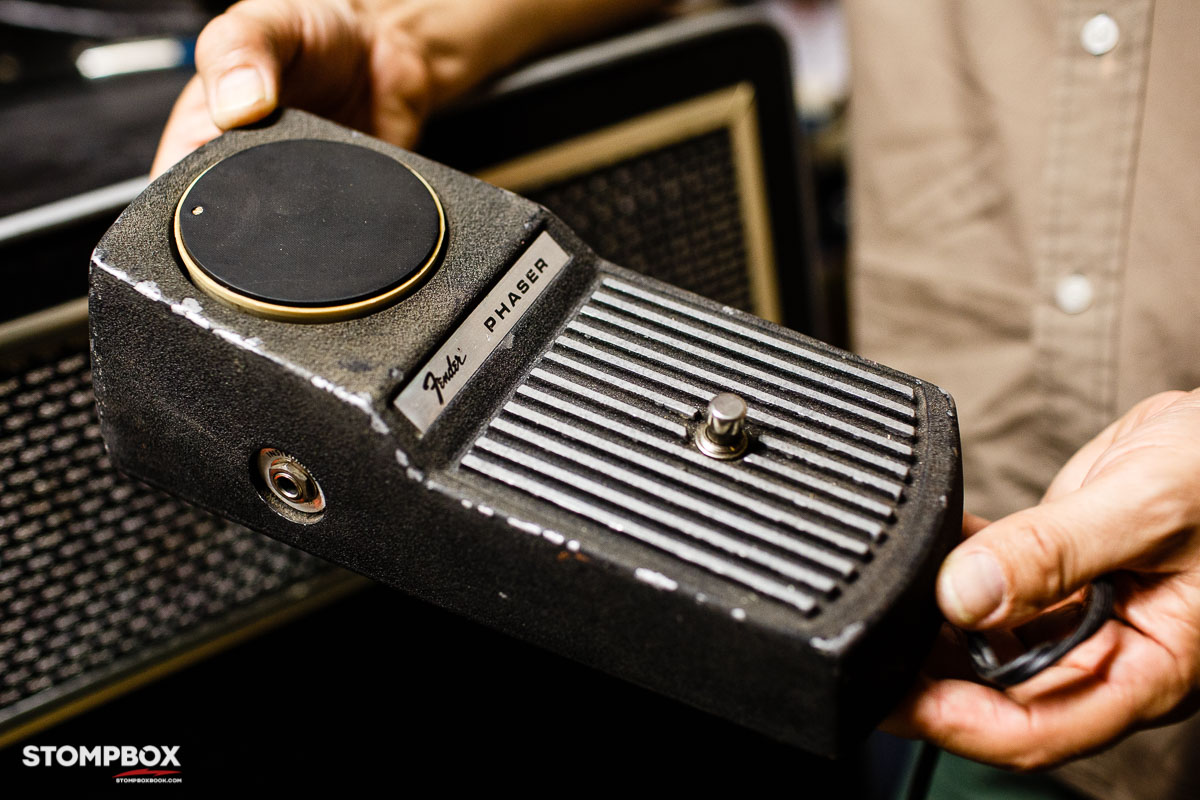
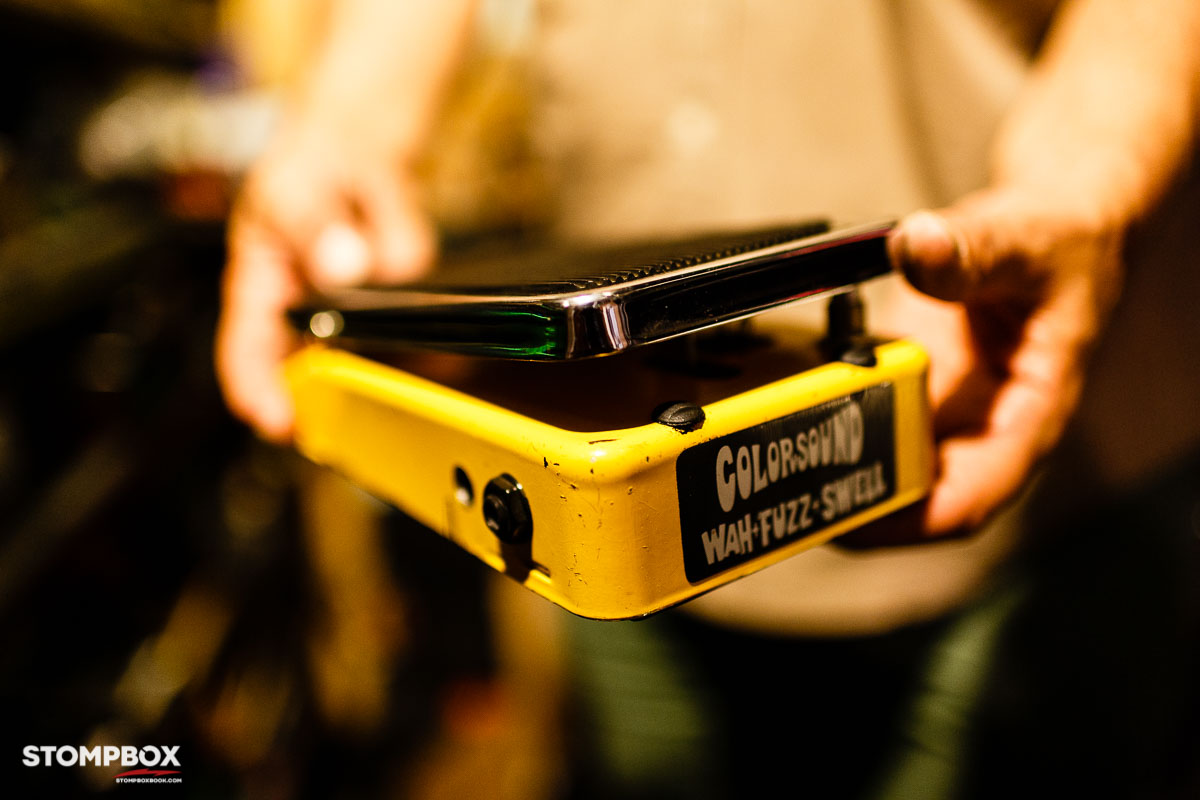
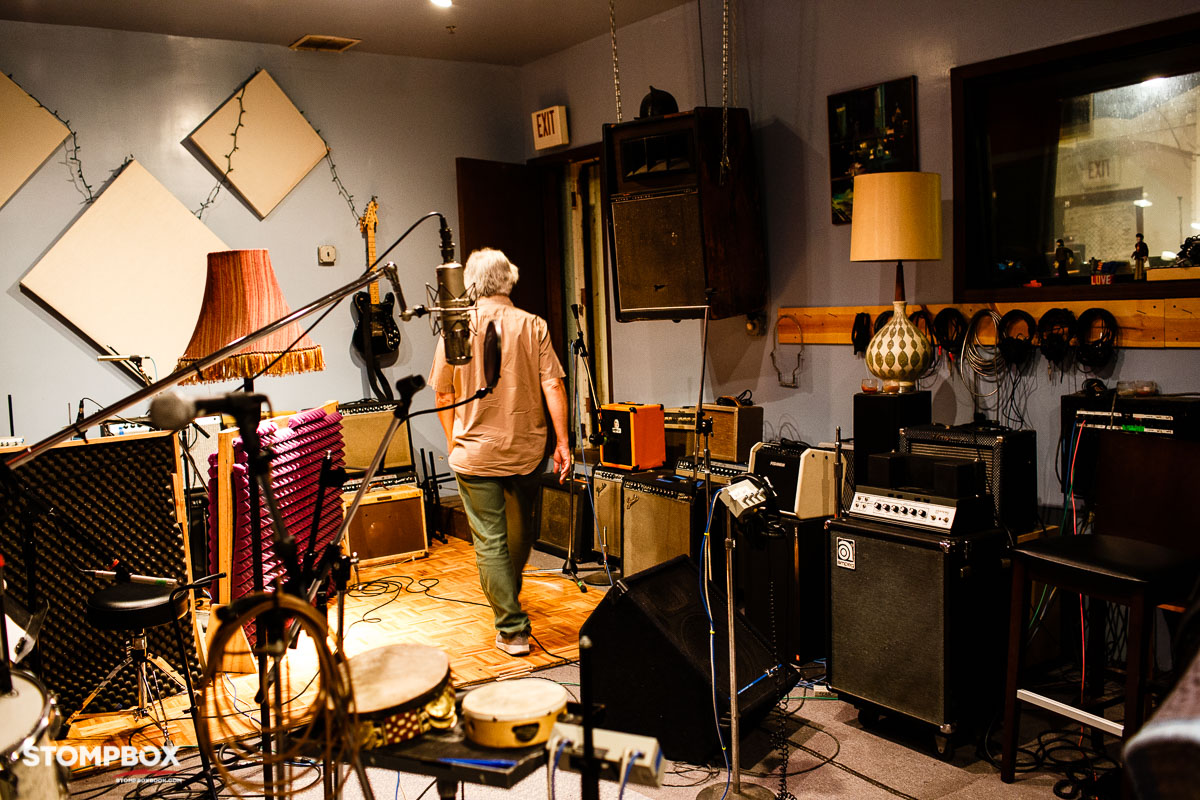

Read the full interview with Sonic Youth’s Lee Ranaldo and Thurston Moore in the the Limited First Edition of Stompbox book here
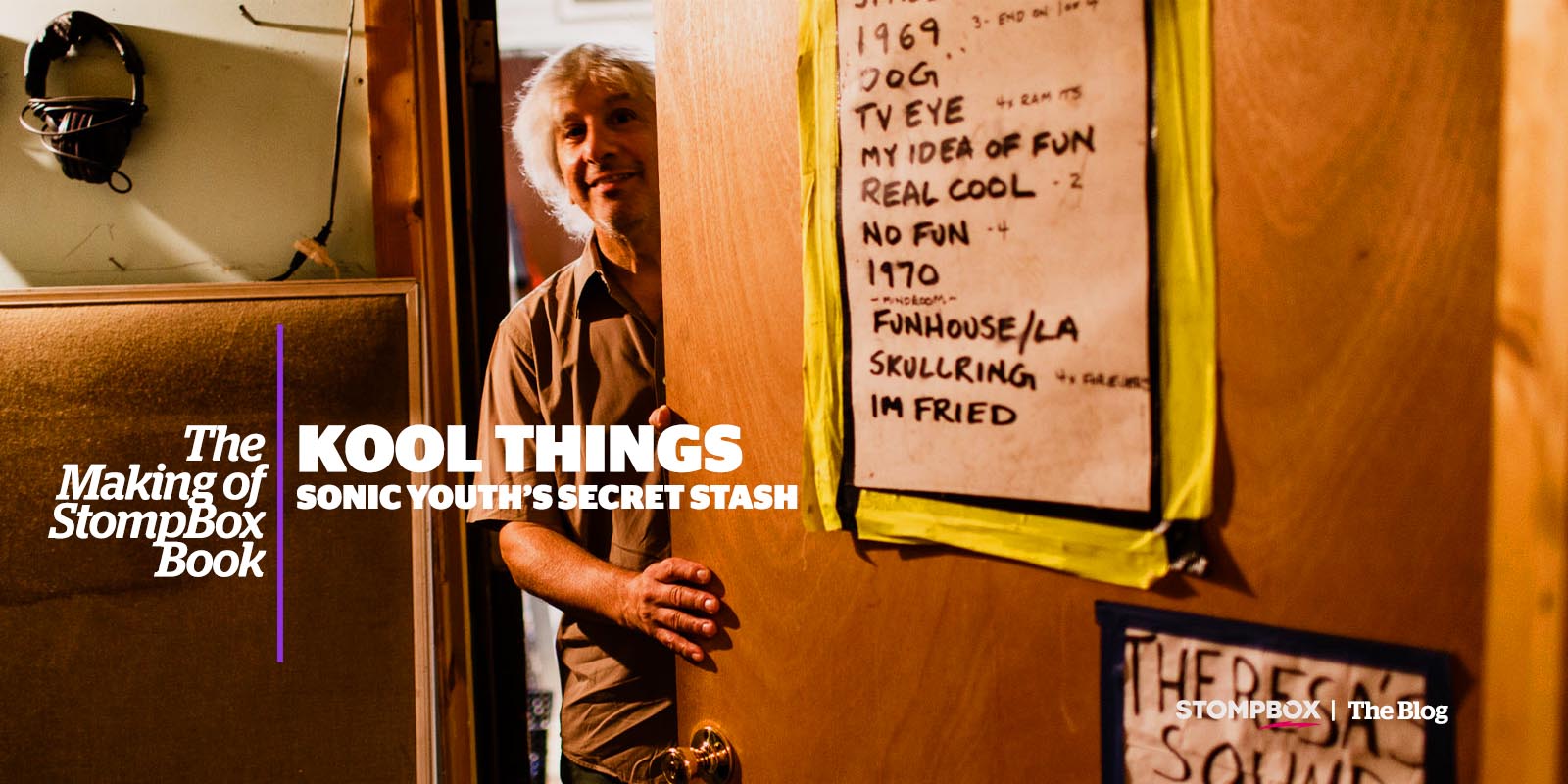

1 Comment
Join the discussion and tell us your opinion.
So cool to learn more about Ranaldo, he seems like a cool dude.